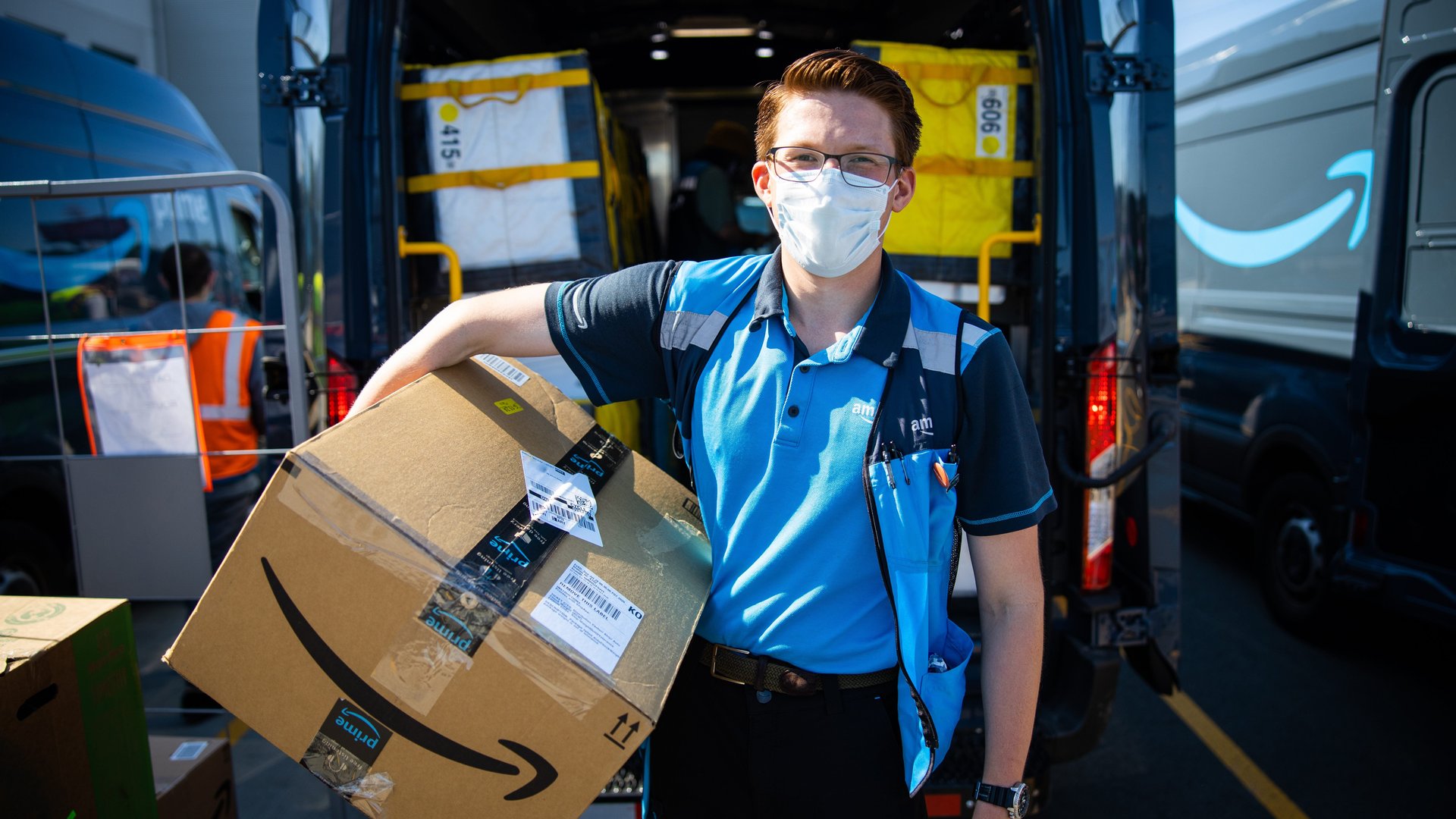Prime Day matters more than ever this year
Before 2020, Amazon’s Prime Day was already big. Last year, the company said its discount-loaded shopping bonanza for Prime subscribers, which took place over two days in July, surpassed its sales for the previous Black Friday and Cyber Monday combined. Globally, shoppers bought more than 175 million items.


Before 2020, Amazon’s Prime Day was already big. Last year, the company said its discount-loaded shopping bonanza for Prime subscribers, which took place over two days in July, surpassed its sales for the previous Black Friday and Cyber Monday combined. Globally, shoppers bought more than 175 million items.
This year, because of Covid-19, it’s set to be even bigger after Amazon postponed it until Oct. 13 and 14, evidently to give its operations time to return to normal following the tremendous strain they experienced at the start of the pandemic. Not only is it reshaping the holiday shopping calendar in the US, it also threatens to siphon sales from other retailers through the end of the year as it drives more sign ups for Prime.
The new timing of Prime Day has pushed it close enough to the holidays that it effectively marks the start of the holiday shopping season this year. And this season won’t be like others. Shoppers and retailers alike are concerned about the risks of crowded stores during a pandemic. A number of companies announced plans to shut on Thanksgiving, the start of holiday sales in recent years. At the same time, less than half of US shoppers surveyed by the International Council of Shopping Centers plan to go to a mall this season. While many shoppers will still spend in physical stores, online shopping is poised to grow.
Amazon, built for customers to get everything they need without ever having to step foot in a store, has already emerged as a go-to shopping destination in this environment. Now with the overlap of Prime Day with the holiday season, the company is set for a rush of customers.
Even before Amazon had announced the official dates for Prime Day, more than half of shoppers surveyed by market researcher NPD Group said they planned to do some, if not all, of their holiday shopping during the event. Another research firm, Telsey Advisory Group, forecasts Prime Day sales this year will come in 40% higher than last year’s total, according to CNN. Unable to ignore the competition from Amazon, retailers such as Walmart, Target, and Best Buy have announced their own sales to take place at the same time.
But Prime Day is more than a one-time sales booster for Amazon. Huge as the event is, two days of sales can only contribute so much to a company that did $281 billion in total sales in 2019. It’s also valuable for pushing more shoppers to sign up for Prime and get locked into Amazon’s retail ecosystem in the long term.
Last year, Amazon said the two days of its Prime Day event became its two biggest days ever for signing up new subscribers. The company can probably expect a surge of customers this year who come to shop online for the holidays and wind up buying more items from Amazon during the crucial retail months of November and December, and potentially beyond.